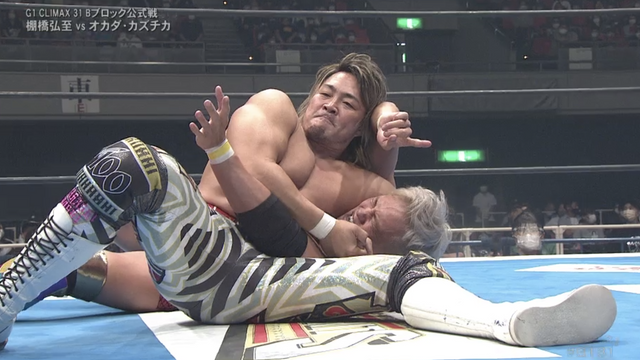A white hall stretches out before me, filled with sharp red figures. With nothing but a few small statues and vases, I set to work. I take a step and strike the first, fatally, three times before grabbing the first statue. I toss it at the next figure, disarming it, before killing them the same way. I tear through the hall way, bloodying each of them.
At the end, the words “CHECK YOUR SIX” flash across my screen. I wheel around to face my attacker, and slice him to bits with a sword. A moment later I realized that I had just acted out one of the most iconic scenes from Old Boy.
SUPERHOT lets its players do the impossible. Games often adopt the iconography of classic Hollywood action flicks, but SUPERHOT lets you embody those classic scenes in the most bizarre way. Time moves glacially unless you’re doing… something. Looking around you collecting the positions of foes will speed things up a tiny bit. Grabbing a gun, walking around, or attacking will make time pass as normal.
This singular conceit — hitching the passage of time to actions you take — is masterful. It reconstructs an ostensible shooter as a brain-melting series of transitory puzzles. As bullets fly towards you, you’ll have time to think about where to step next, which enemies to attack and how you want to plan your approach.
In motion, it’s even more hyperbolic than movies like 300. And it’s all in your control. When all is said and done, the bodies dissolving into shards of evanescent glass, your run plays back in real-time, and it always looks like some incredible scene from a classic action film.
There’s a poetry to SUPERHOT‘s expressive play. As you get better you’ll understand the rules for this twisted world, and you’ll move through each area that much faster — pushing closer and closer to acting without the generous temporal buffers the game can offer. The techniques you’ll learn and use become more ludicrous with each stage, but it all fits, and it’s all within safe bounds that let you take each section at your own pace.

One of my favorite scenes puts you at the top of two winding staircases that lead into the foyer of a grand mansion with only a katana and the words “GET DOWN” for instruction. Three of the crimson silhouettes stand below. I toss my sword at the one on the left, leap down, disarm another before grabbing his gun and shooting the last one. Each of their vague, polygonal forms break apart, as several more pour in from the top of staircases. Again, the scene channels the visual language of film — this time from the Matrix series — and brings with it an affinity for glitched, cyberpunk aesthetic.
While each level is an apparent slice from one or another movie, they’re all linked by a meta-narrative that puts you in the role of a player playing as a player playing the game. It’s as confusing as it sounds, but it hearkens back to furtive experiments with virtual reality as a plot contrivance in science fiction.
It binds an otherwise disparate mess of starkly different scenes into a sensible, chimeric whole. You can play with time, because even in its own universe, none of this is real. You can skip from area to area because that’s all these places are — video game levels. And between them you’ll exchange some lines with a friend about how great this game — the game you’re playing in the game — is.
SUPERHOT is stunning not because it’s the most inventive or innovative shooter out there, nor because of its blunt aesthetic style. It’s incredible because it stitches a bunch of abstract, one-note ideas together into a singular piece without any one part of it seeming out of place. That disjointed structure and the snappy, abrupt nature of its start-stop play is infectious, and I love it.


